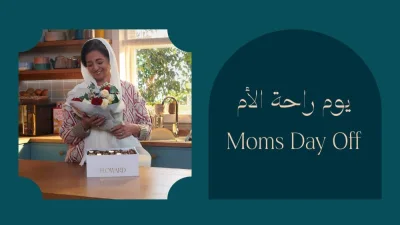|
At least 100,000 households have been taken out of the list of beneficiaries. |
Social Welfare and Development Secretary Corazon Soliman yesterday said these families were purged because instead of using the monthly stipend to buy food or medicines, parents use the money for their vices.
“The misuse of the grant (on the part of the beneficiaries) is due to spending for vices,” Soliman said during presentation of the 2014 Impact Evaluation of the CCT, also called Pantawid Pamilyang Pilipino Programme, the government’s primary poverty alleviation programme.
Under the programme, beneficiaries receive cash on condition that parents send their children to school, the family has regular medical check-up and attend family development sessions, among others.
Each month, a family gets P500 for health and nutrition expenses and P300 for each child in elementary school and P500 for those in high school.
As of October this year, there were 4mn households covered by the CCT, which was first implemented in 2007.
The second assessment of beneficiaries called Listahanan or the National Household Targeting System due next year could either lead to increase or reduction in the number of beneficiaries.
“We need to have the assessment by next year, to see if there is a need to add more families or to lessen their number, depending on their situation. We want to continue to improve our system and make adjustments with an updated data,” Soliman explained.
Based on the Social Welfare department’s assessment, seven out of 10 CCT beneficiaries who are mothers deliver their child in health facilities, higher than the national average of 5.5 out of 10.
On the other hand, 98% of the children aged 12 to 15 covered by the programme are enrolled and attend classes 85% of the time, five percentage points higher than the 95% among non-CCT households.
“The criteria wherein children 12 to 15 years old need to be in school 85% of the time have posted good results. This is the age when most of the children drop out of school, and we can see that the CCT is addressing the outflow of children,” Soliman said.
World Bank’s Aleksandra Posarac, the programme leader for Health, Education, Social Protection and Labour, Poverty and Social Development, backed Soliman’s claims by citing the bank’s separate impact evaluation results covering CCT implementation until 2013.
World Bank data showed that CCT beneficiaries spend 49% of their cash grant for food, 25% for education and 7% for healthcare.
“This is how the spending of the CCT household should be. The goal is not to lift them out of poverty in an instant. No government in the world would have enough resources. The goal is poverty alleviation, and this has been happening in the targeted households. We have to remember that this is a long-term programme that would have an impact after a generation finishes school,” Posarac said.
Soliman said politicians and some government officials also “misuse” the CCT programme by promising voters that they will be included as beneficiaries in exchange for their support.
To curb this practice, the Department of Social Welfare and Development (DSWD) has embarked on a campaign against credit grabbers in co-operation with the Commission on Elections.
The campaign features massive media offensive prior to elections wherein the public is reminded that the CCT programme is being implemented by the national government and that the DSWD alone, not the politicians, can enlist or delist beneficiaries.
“We tell them not to believe politicians who claim they can enlist them, provided that they give their vote to such candidate or those who claim that the voters’ decision not to vote for a certain politician would mean delisting from the CCT list,” Soliman said.



